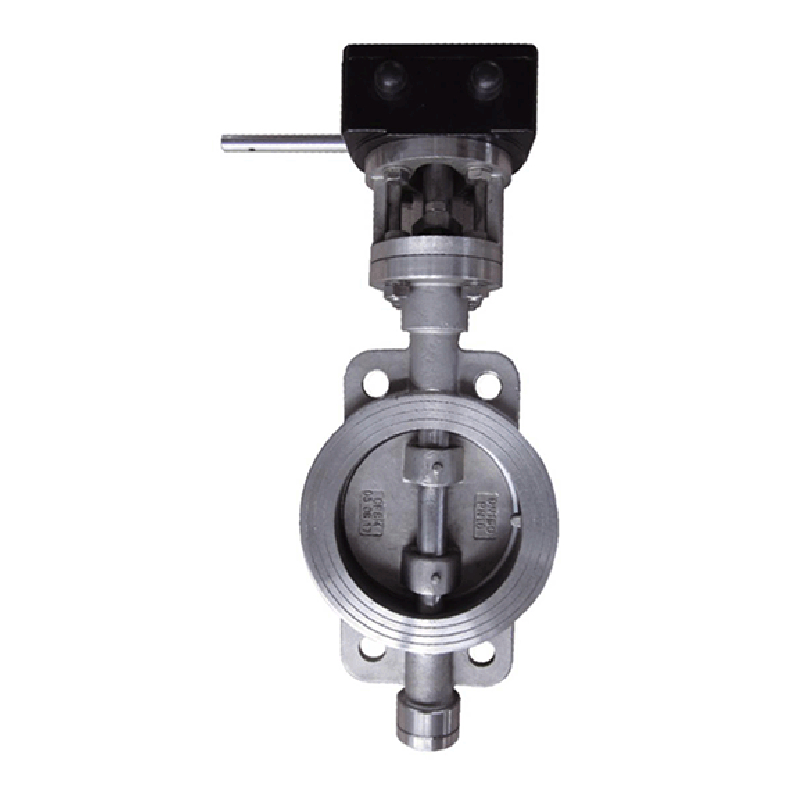9 月 . 24, 2024 21:23 Back to list
butterfly valve with actuator
The Importance of Butterfly Valves with Actuators in Modern Industries
In today's industrial landscape, the efficiency and reliability of fluid control systems are crucial for successful operations. One essential component that has gained significant attention is the butterfly valve coupled with an actuator. This combination is lauded for its simplicity, effectiveness, and versatility across a range of applications.
What is a Butterfly Valve?
A butterfly valve is a type of flow control device that consists of a disk (the butterfly) mounted on a rotating shaft. It is positioned in the center of a pipe and serves to regulate fluid flow by rotating the disk either parallel or perpendicular to the flow direction. When the disk is parallel to the flow, it allows fluid to pass through smoothly; when perpendicular, it blocks the flow entirely. This design makes butterfly valves a compact and lightweight option compared to other valve types, such as gate or globe valves.
The Role of Actuators
An actuator is an essential component that provides the necessary force to operate the valve. It can be powered by different energy sources, including electricity, pneumatic pressure, or hydraulic pressure. The actuator’s role is to automate the operation of the valve, allowing it to be controlled remotely or through automated systems, enhancing operational efficiency and safety.
Advantages of Butterfly Valves with Actuators
1. Space Efficiency One of the primary advantages of butterfly valves is their compact design, making them ideal for applications where space is limited. When coupled with actuators, they still maintain a relatively small footprint, allowing for easy installation in tight locations.
2. Quick Operation Butterfly valves can open and close quickly, making them suitable for applications that require rapid flow control. When combined with actuators, the response time is greatly enhanced, ensuring efficient control of fluid dynamics.
3. Cost-Effective Butterfly valves are generally less expensive compared to other valve types. Their simple design and the cost-effective nature of actuators contribute to lower overall installation and maintenance costs, making them a financially attractive option for many industries.
4. Versatility Butterfly valves with actuators can be used in a wide range of applications, from water supply systems and HVAC to petrochemical processes and food production. Their ability to handle various fluids, including viscous substances, makes them suitable for different operational requirements.
butterfly valve with actuator

5. Minimal Pressure Drop The design of butterfly valves results in a lower pressure drop compared to other types of valves. Coupled with actuators, this characteristic helps maintain system efficiency, reducing energy costs and improving overall performance.
6. Reliable Performance Actuated butterfly valves are known for their reliability and durability. They are designed to withstand harsh conditions and provide consistent performance over time, ensuring that production processes remain uninterrupted.
Applications in Various Industries
Butterfly valves with actuators are prevalent in numerous sectors, including
- Water Treatment In water treatment facilities, butterfly valves are essential for controlling the flow of water during various treatment processes. Actuators ensure precise control, which is critical for maintaining water quality.
- Chemical Processing The chemical industry often deals with corrosive and hazardous fluids. The robust build of butterfly valves, combined with actuators resistant to such conditions, allows for safe and effective fluid handling.
- Food and Beverage In the food industry, hygiene and compliance with regulations are paramount. Butterfly valves are easy to clean and can be designed to suit sanitary standards, making them a preferred choice for fluid control in food processing.
- Power Generation In power plants, butterfly valves regulate steam and water flow. The efficiency and quick operation of actuators ensure smooth functioning of the power generation process.
Conclusion
The combination of butterfly valves and actuators presents a robust solution for fluid control in various industries. Their space-saving design, quick response time, cost-effectiveness, and reliability make them indispensable in modern applications. As industries continue to evolve and demand more efficient and reliable systems, the role of butterfly valves with actuators will undoubtedly become even more critical. Embracing this technology paves the way for enhanced operational efficiencies, safety measures, and overall performance across a diverse range of industrial applications.
Share
-
Understanding the Differences Between Wafer Type Butterfly Valve and Lugged Butterfly ValveNewsOct.25,2024
-
The Efficiency of Wafer Type Butterfly Valve and Lugged Butterfly ValveNewsOct.25,2024
-
The Ultimate Guide to Industrial Swing Check Valve: Performance, Installation, and MaintenanceNewsOct.25,2024
-
Superior Performance with Industrial Swing Check Valve: The Essential Valve for Any SystemNewsOct.25,2024
-
Industrial Swing Check Valve: The Ideal Solution for Flow ControlNewsOct.25,2024
-
You Need to Know About Industrial Swing Check Valve: Functionality, Scope, and PerformanceNewsOct.25,2024